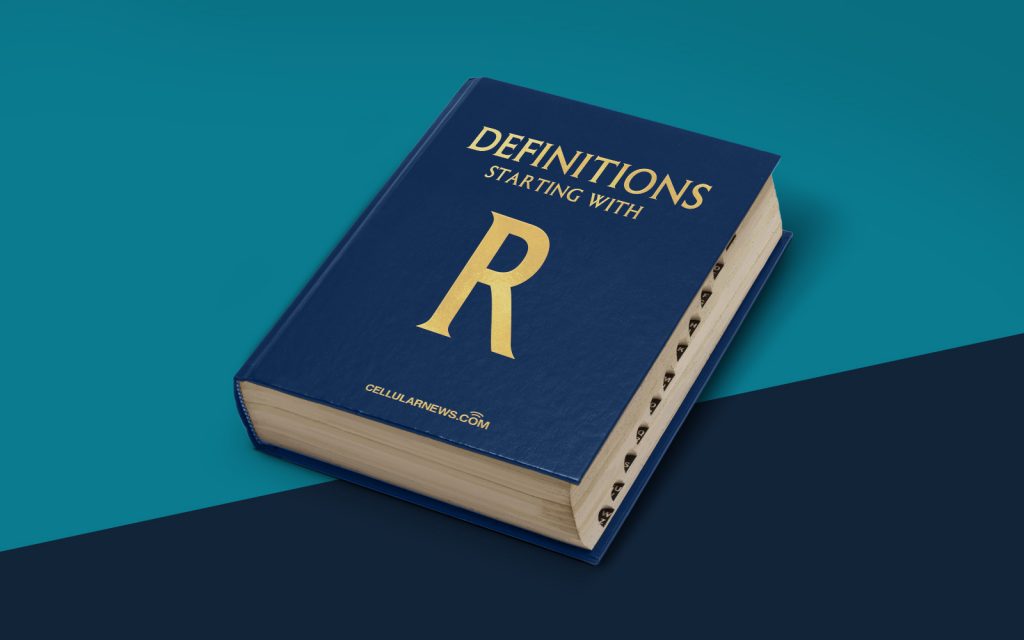
What is an RDF Database?
Welcome to the “DEFINITIONS” category of our blog! In this post, we’ll dive into the fascinating world of RDF databases. If you’ve ever wondered what an RDF database is and how it works, you’ve come to the right place.
An RDF database, also known as a triplestore, is a specialized type of database designed to store and retrieve data in the Resource Description Framework (RDF) format. RDF is a framework for representing data in the form of subject-predicate-object triples, which allows for flexible and efficient data modeling. So, what sets RDF databases apart from other types of databases? Let’s explore!
Key Takeaways:
- RDF databases store and retrieve data in the RDF format.
- RDF databases allow for flexible and efficient data modeling using subject-predicate-object triples.
Now that we have the key takeaways covered, let’s delve deeper into the world of RDF databases and understand why they are so powerful:
How do RDF Databases Work?
RDF databases are structured in a way that allows them to efficiently store, query, and reason over RDF data. Here’s a step-by-step breakdown of how RDF databases work:
- Data Storage: RDF databases store data in the form of subject-predicate-object triples, which are collectively known as RDF statements or triples. Each triple represents a fact or relationship between entities.
- Unique Identifiers: Each entity in an RDF database is assigned a unique identifier called a URI (Uniform Resource Identifier). URIs allow for unambiguous identification and linking of entities.
- Graph Structure: RDF databases organize data in the form of a directed labeled graph. The entities in the graph are represented as nodes, and the relationships between entities are represented as directed edges labeled with predicates.
- Querying: RDF databases provide powerful query languages like SPARQL (SPARQL Protocol and RDF Query Language) to retrieve specific data from the database. These query languages allow for complex querying and filtering based on the relationships between entities.
- Reasoning: RDF databases often support reasoning capabilities, which enable the inference of new knowledge based on existing data and predefined rules. This helps in discovering implicit relationships and making logical deductions.
RDF databases offer numerous advantages for organizing and processing structured data. Some of the key benefits include:
- Flexibility: RDF databases allow for flexible data modeling by defining relationships between entities using customizable predicates.
- Interoperability: RDF databases support data integration by enabling the linking and combining of data from multiple sources using URIs.
- Scalability: RDF databases can handle large volumes of data and scale horizontally to accommodate growing datasets.
- Semantic Enrichment: RDF databases facilitate the addition of semantics to data, enabling better understanding and interpretation of the underlying information.
So, whether you are dealing with complex knowledge graphs, managing metadata, or exploring linked data, RDF databases provide a versatile and powerful solution to store, query, and reason over RDF data.
In Conclusion
In this post, we explored the world of RDF databases and learned about their key characteristics and functionalities. RDF databases, with their ability to store and retrieve data in the RDF format, offer a flexible and efficient way to represent and process structured data. Their unique graph-based structure, powerful querying capabilities, and reasoning support make them an essential tool for managing and analyzing RDF data.
We hope this article has provided you with a clear understanding of what an RDF database is and how it works. If you have any further questions or need assistance with RDF databases or any other topic, feel free to reach out to our team of experts. Happy knowledge graph building!
